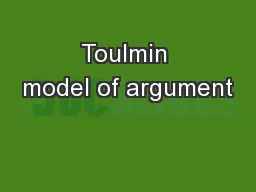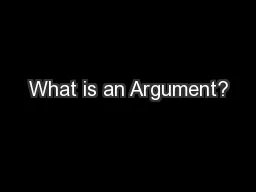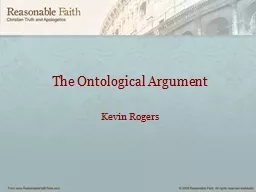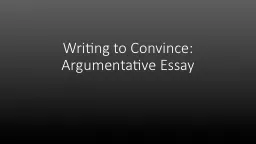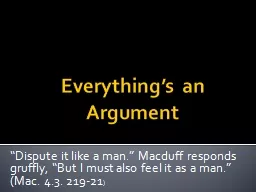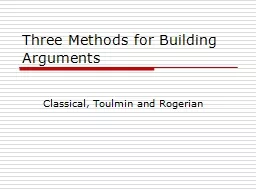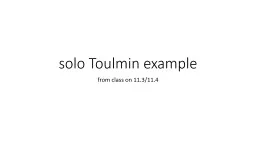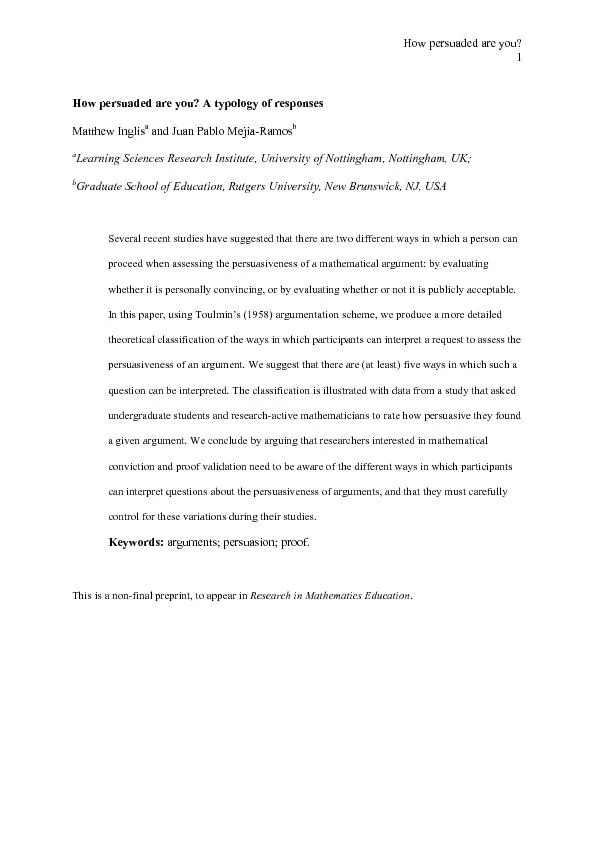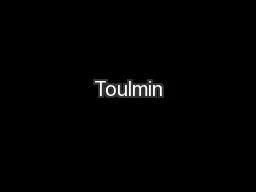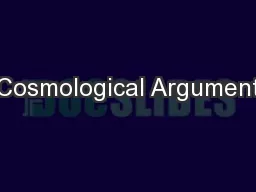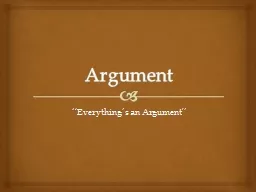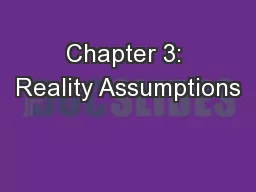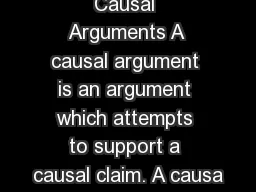PPT-Toulmin model of argument
Author : natalia-silvester | Published Date : 2018-09-24
British Logician Frustrated with the inability of formal logic to explain everyday arguments Came up with a model for practical reasoning Two triads first triad
Presentation Embed Code
Download Presentation
Download Presentation The PPT/PDF document "Toulmin model of argument" is the property of its rightful owner. Permission is granted to download and print the materials on this website for personal, non-commercial use only, and to display it on your personal computer provided you do not modify the materials and that you retain all copyright notices contained in the materials. By downloading content from our website, you accept the terms of this agreement.
Toulmin model of argument: Transcript
Download Rules Of Document
"Toulmin model of argument"The content belongs to its owner. You may download and print it for personal use, without modification, and keep all copyright notices. By downloading, you agree to these terms.
Related Documents

